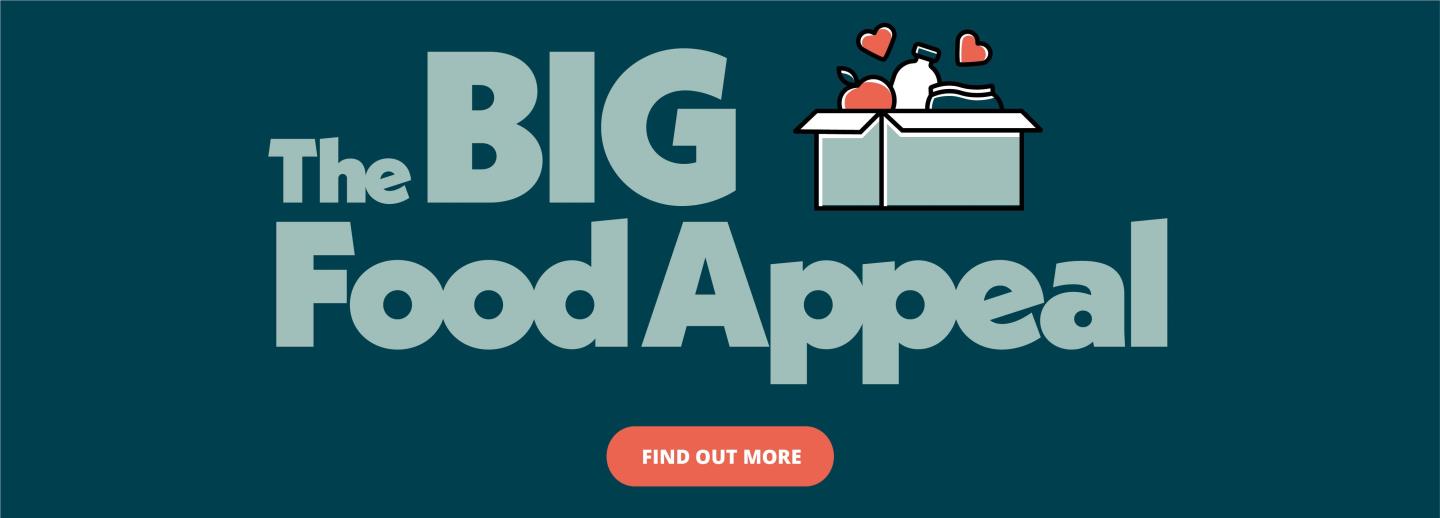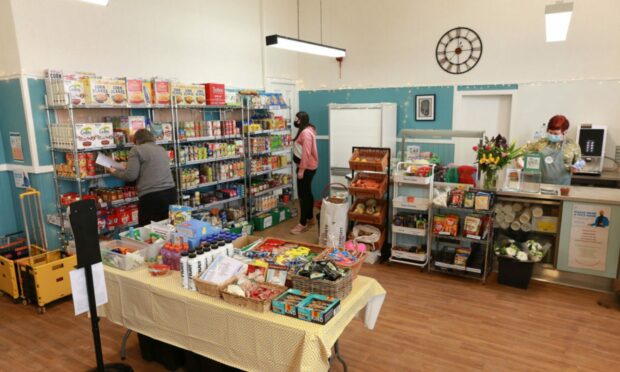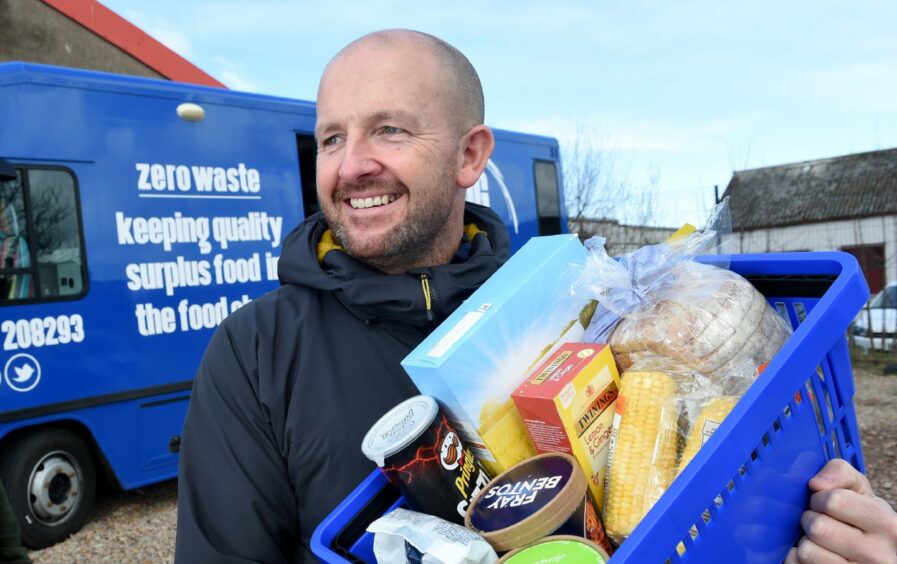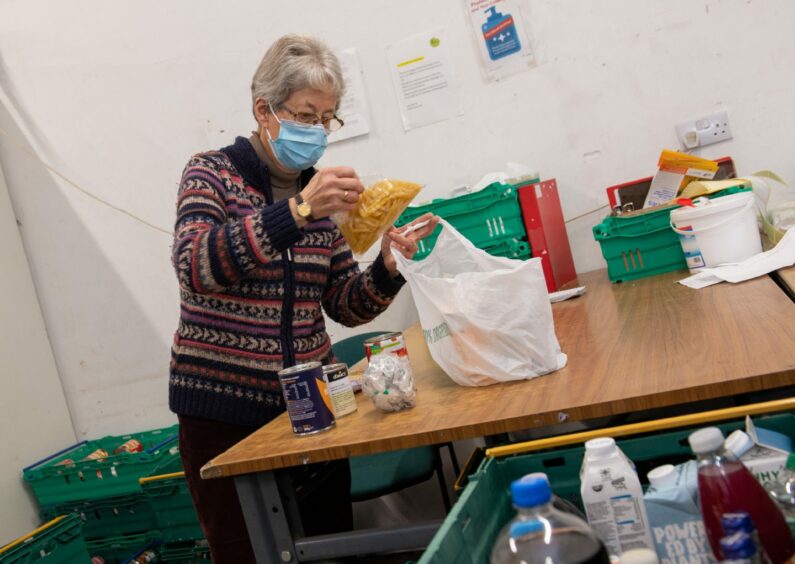As the cost of living crisis continues to grip the country many households across our communities are feeling pushed to the brink.
With school holidays just a couple of months away, many families may be worrying about the increased costs of having kids at home.
As part of the Big Food Appeal, we want to make sure that people know where they can get help and access emergency food when needed.
 Over the past few years community pantries have become more popular – but what are they and how are they different from a foodbank?
Over the past few years community pantries have become more popular – but what are they and how are they different from a foodbank?
What is a community pantry?
Community food pantries help people access affordable and healthy food, toiletries, and household items.
They often work on a membership basis, allowing people to sign up and go for a shop-like experience.
This means they can go to the pantry and choose which items they want and need, giving people more independence and tackling the stigma.
Members pay an annual fee and, depending on the pantry, will pay for each shop they go for.
Pantries can be run by organisations or community groups and they are aimed at helping those who may not qualify for foodbanks.
Cfine opened Scotland’s first pantry in 2018 aimed at giving those in need “a hand up instead of a hand out”.
The Woodside Pantry Project welcomes members to select up to 10 items from the store for £2.50 a week. There is a £3 annual fee for the service.
Cfine now operates two pantries in the city centre and one in Peterhead.
In Stonehaven, a community larder is run from the Haven where a single membership costs £5 a year and a family membership costs £10. There is no referral system in place at all.
Members will receive a personalised QR code and a canvas bag to collect the items. The larder encourages a “pay-as-you-feel” donation for a visit, but it is not expected.
What are mobile pantries?
Mobile pantries are essentially community pantries that travel to different areas to bring the service closer to those who may not be able to reach it easily.
Big Blue is a mobile pantry and zero waste project run by Moray Food Plus. The bus travels to rural communities in the region to bring the service to those who may feel more isolated.
The idea for the project was sparked before the pandemic after the charity’s poverty action plan revealed food prices in rural villages and towns like Tomintoul tended to be higher than larger towns such as Elgin.
Looking at the stats for our first month on the road, we're blown away by how much use the pantry has had. In 31 days we signed up almost 250 members, had 380 visits to the pantry, and moved just over 1.5 metric tons of groceries.
Thank you for the amazing support! pic.twitter.com/a1mMpy0SFc— Big Blue (@BigBlueMoray) May 18, 2022
Why pay a fee?
Community pantries and larders have membership fees to ultimately break down the stigma of accessing food.
People are given a shopping experience and in many cases feel this is a more dignified way to get help when struggling.
It is thought that there is a shame around accessing free food, and some who are in need feel they do not “qualify” for the help.
By paying a membership fee, and depending on the pantry a weekly fee, all members of the pantry are equal.
How are foodbanks different?
Some foodbanks operate on a referral basis and give clients emergency parcels with a minimum of three days’ worth of food.
These contain basic, everyday items that are needed to survive. This includes dried food like pasta and rice, tins of vegetables and fruit, and pasta sauces.
Although people can give dietary requirements or sometimes request certain foods they may need there is often little choice in what is put into these parcels.
Foodbanks are run by various groups including churches, charities, and community organisations, relying on donations and grants.


